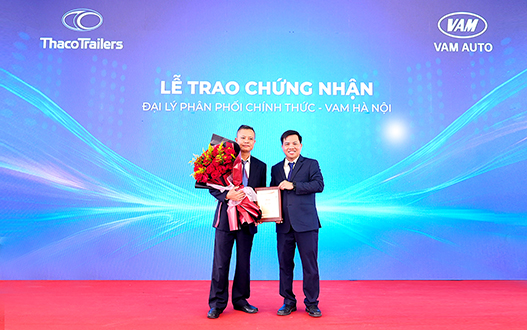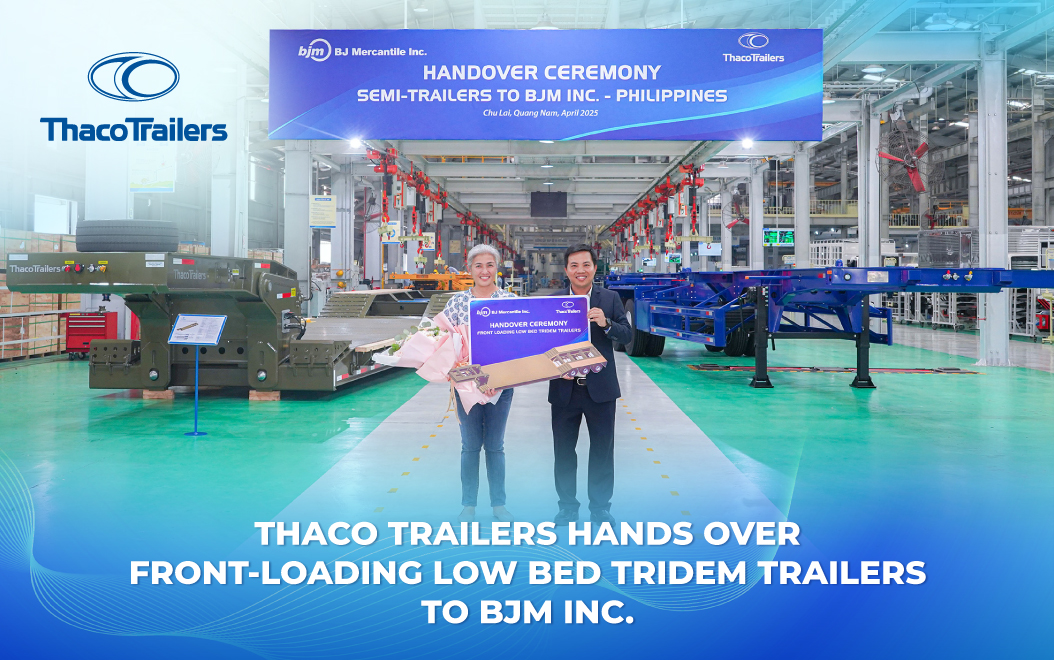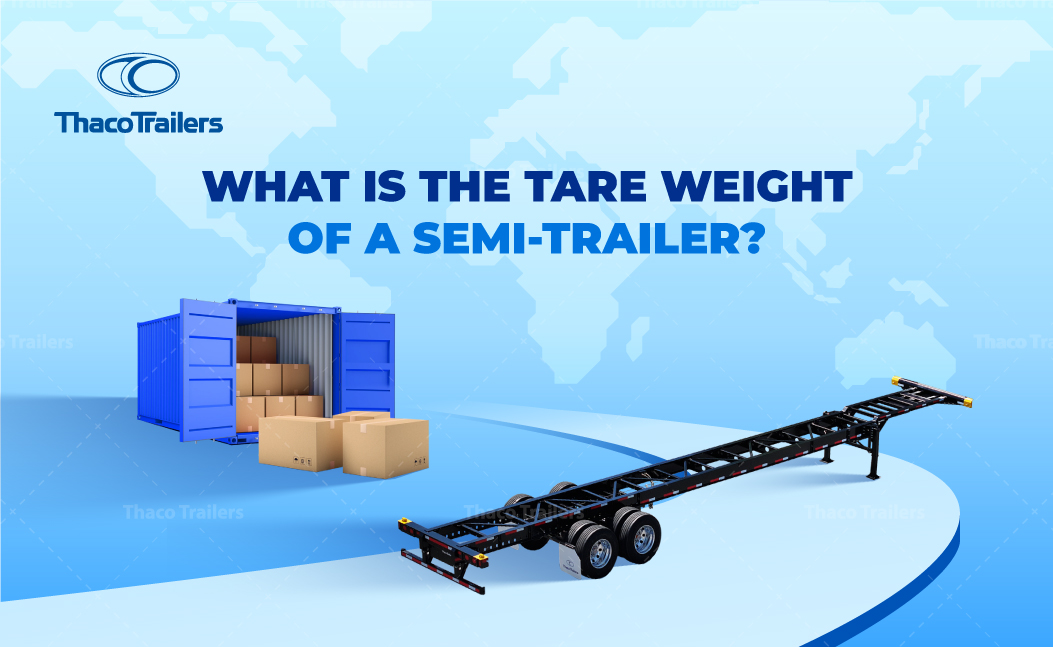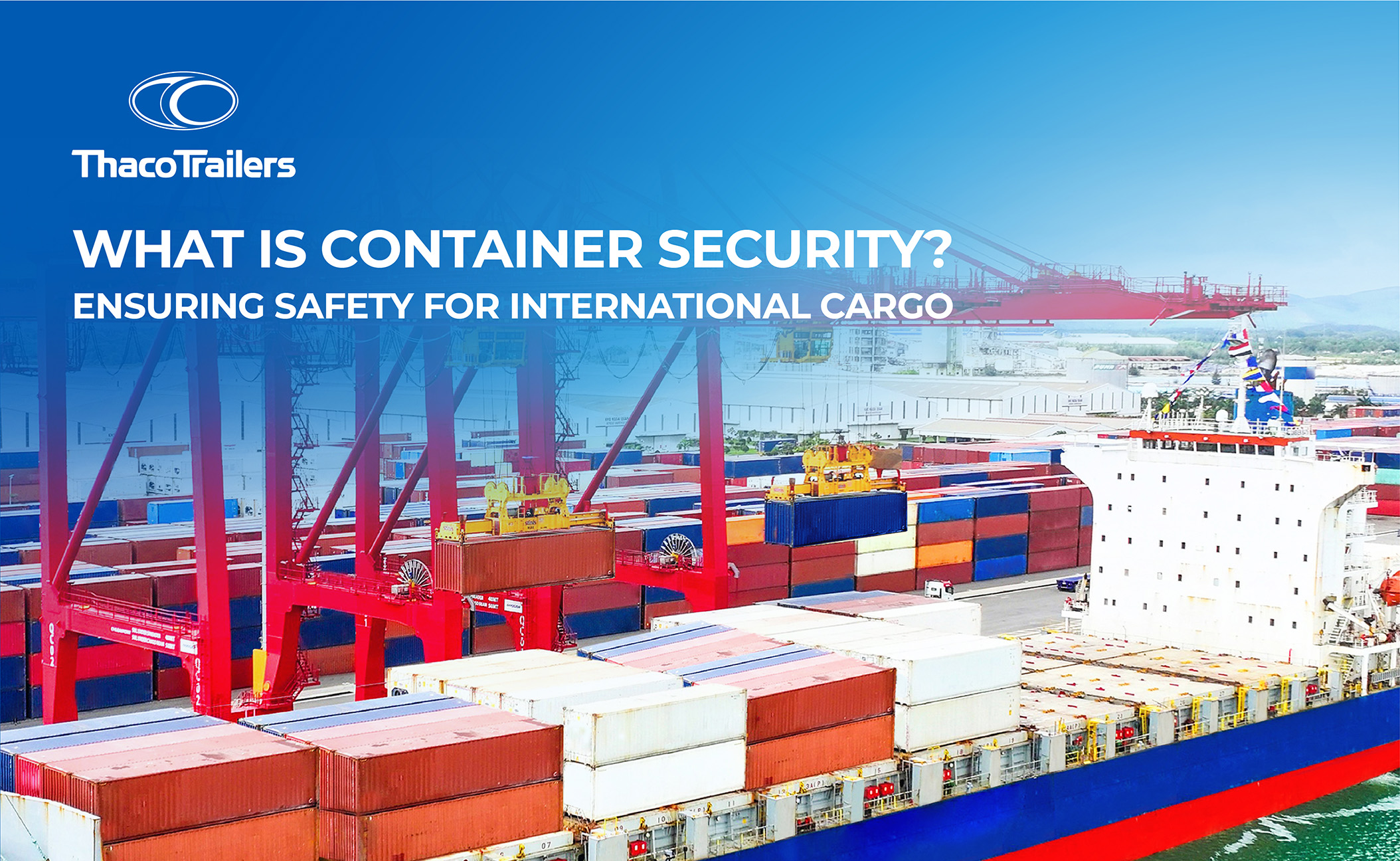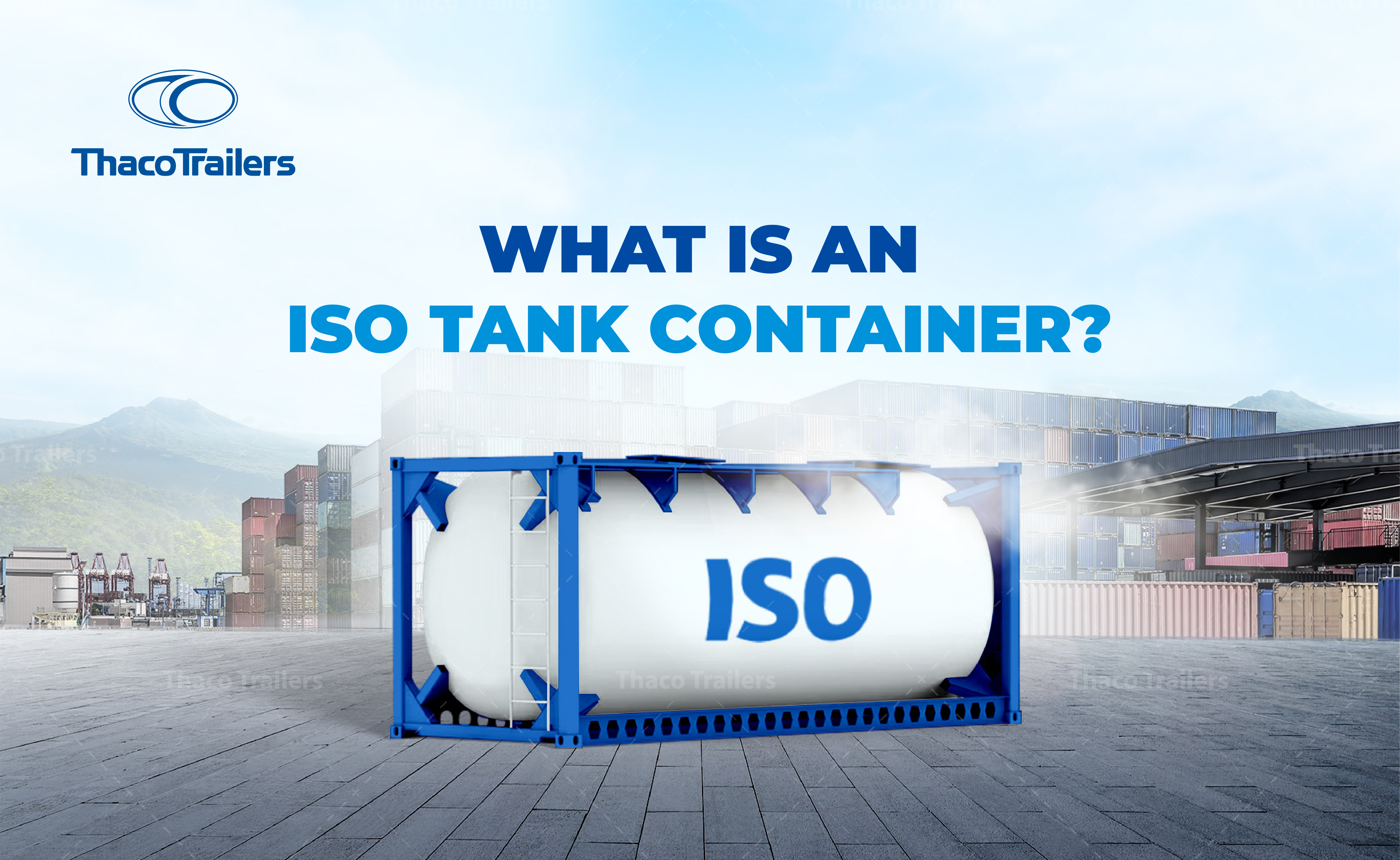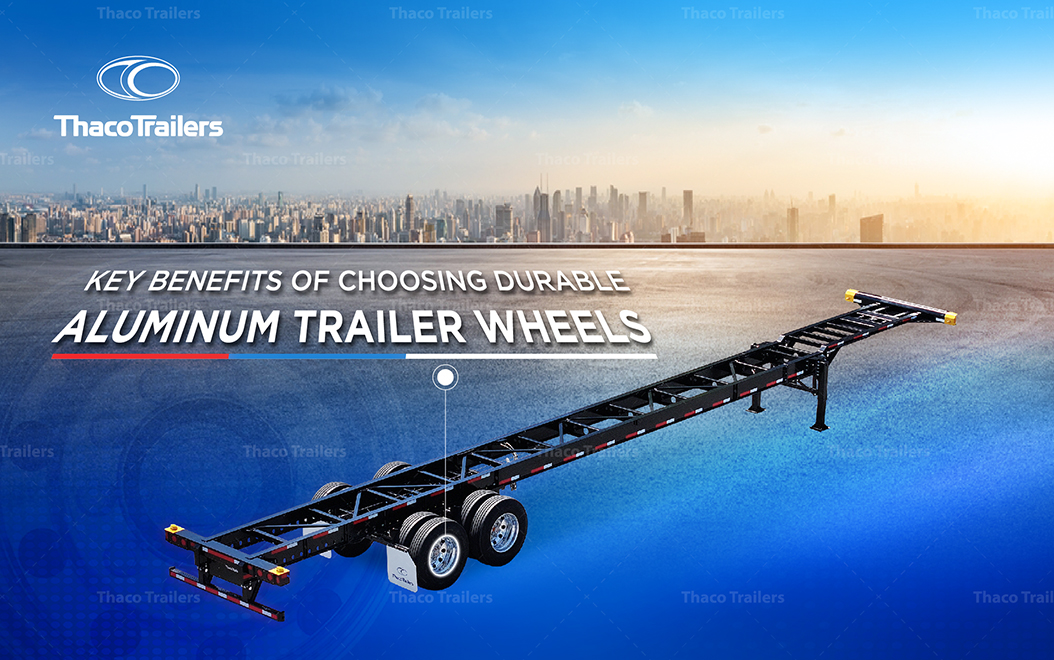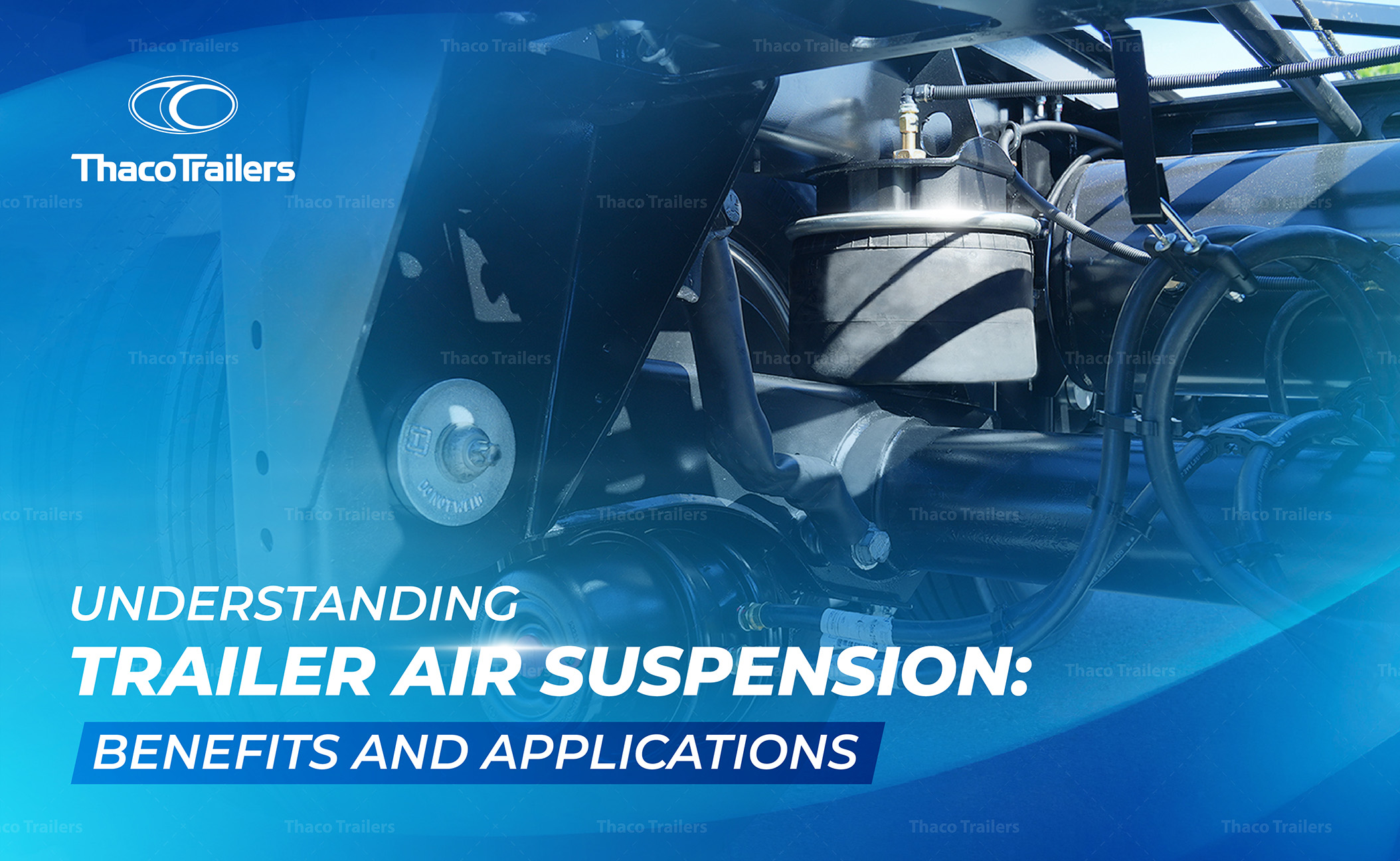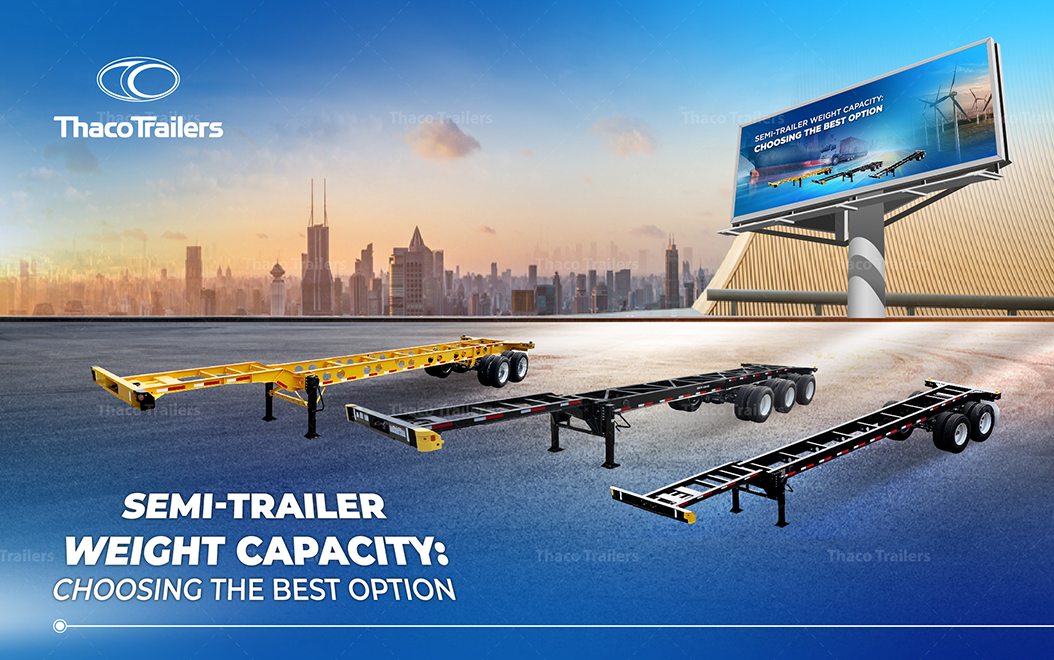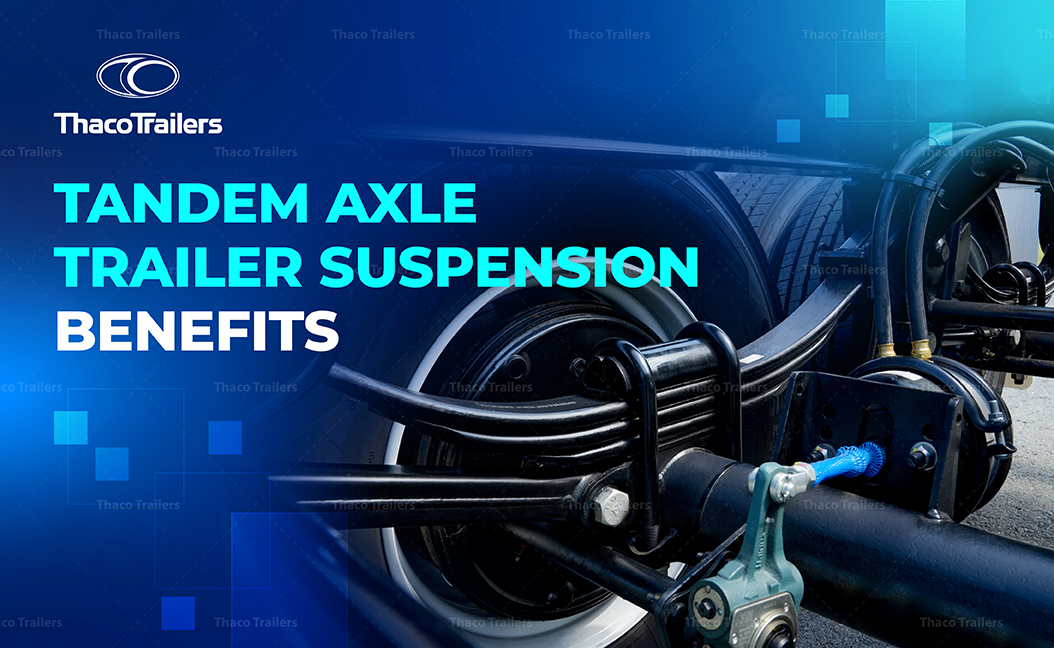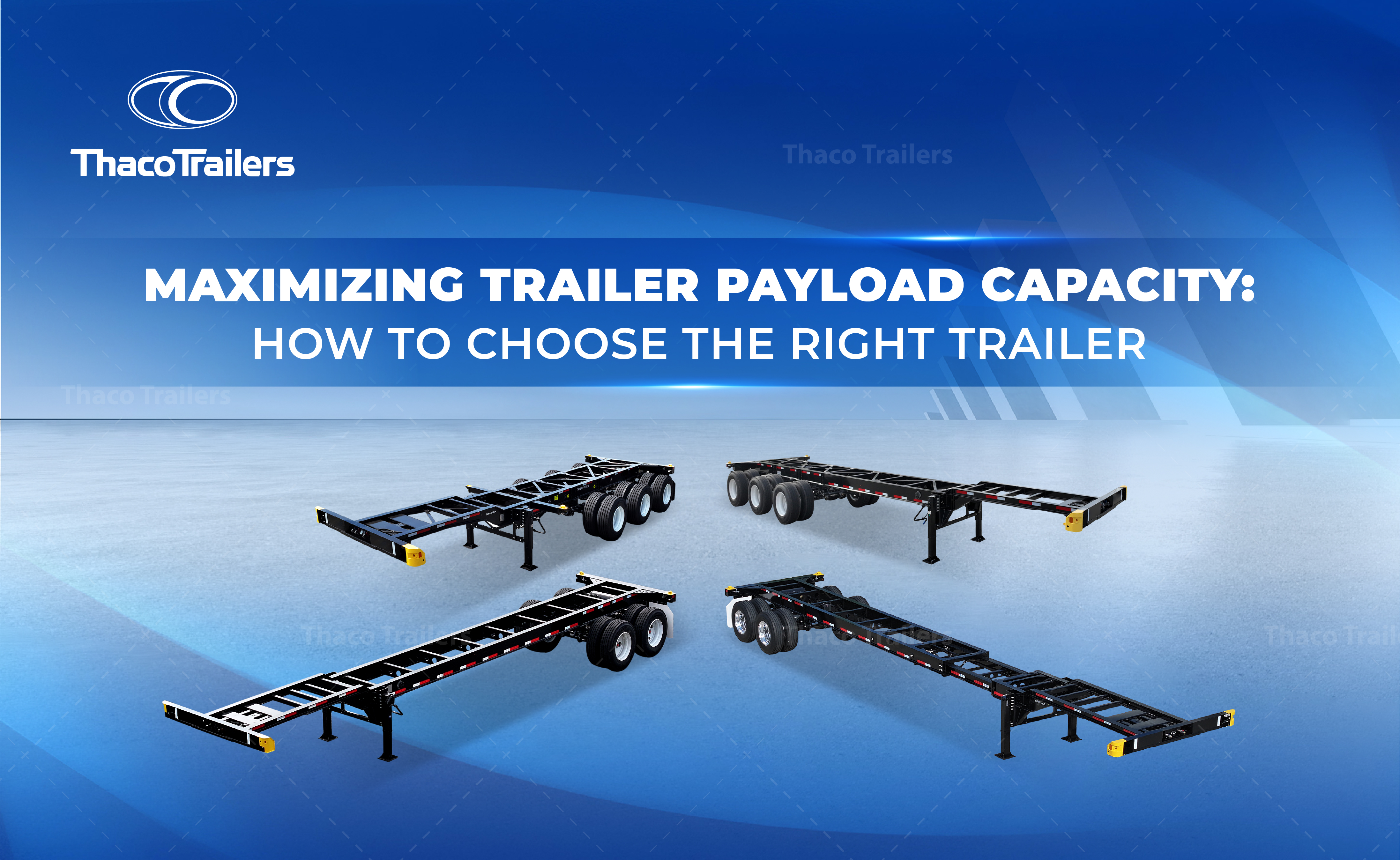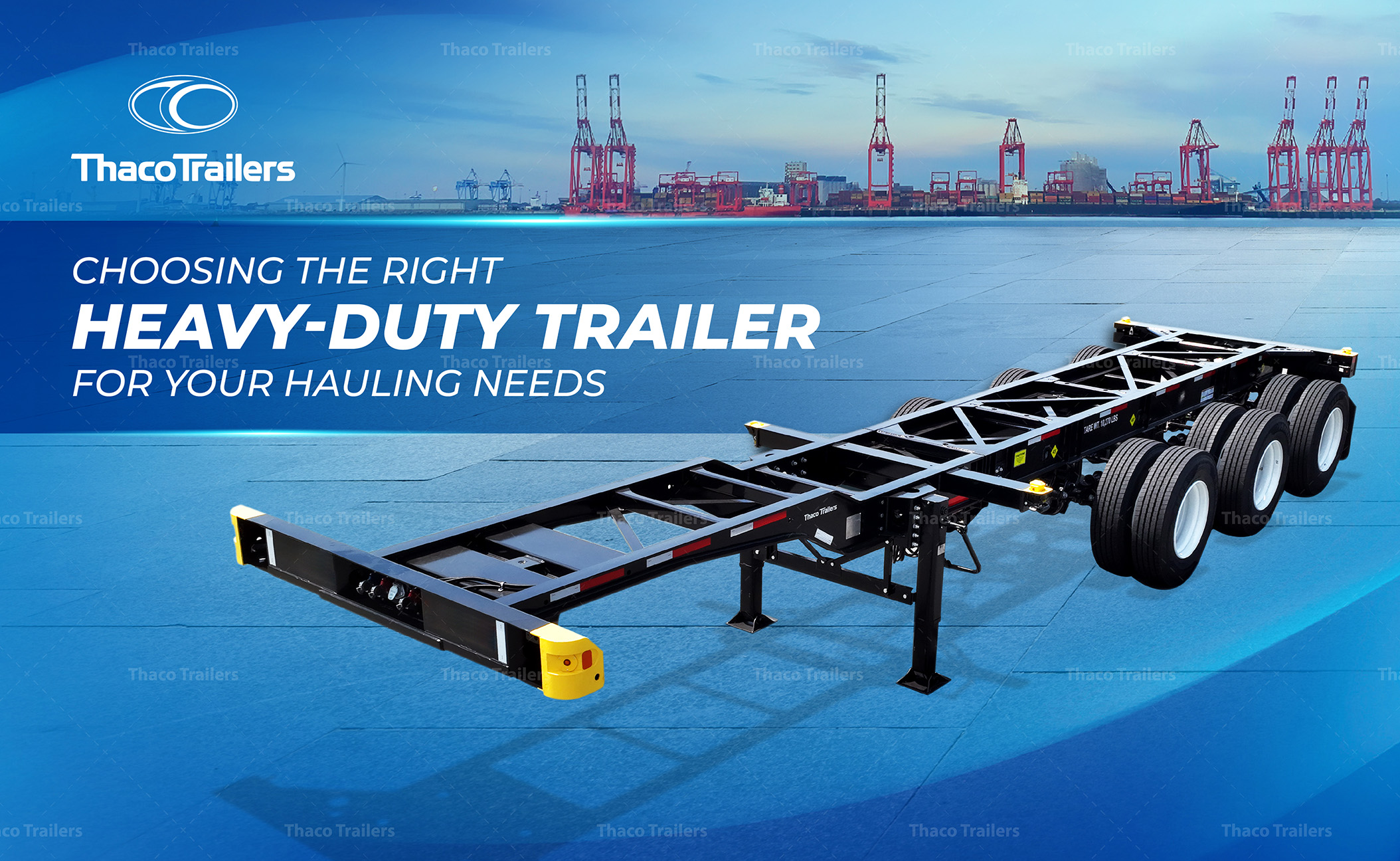INTERMODAL TRANSPORT: DEFINITION & DIFFERENCES FROM MULTIMODAL TRANSPORT
Distinguishing between intermodal and multimodal transportation is essential for businesses that frequently use transportation services. Thaco Trailers will delve into the definition and advantages of intermodal transport, highlighting its significance in enhancing logistics efficiency, reducing costs, and improving delivery times.
What is intermodal transport?
Characteristics of intermodal transport
Intermodal transport means sending cargo on a combination of trucks, trains, and ships. In this system, different companies can be responsible for different parts of the trip, and travelers have to deal with each of them individually. This allocation of responsibility means that each company is liable only for its own transportation period.
Complexity is one of intermodal transport’s signature characteristics. Unlike multimodal transportation, where a single operator manages the entire journey, intermodal transport requires careful coordination among multiple carriers. This can result in difficulties such as the requirements of reams of paperwork, the potential for delays in cargo transfers, and the possibility of misunderstanding.
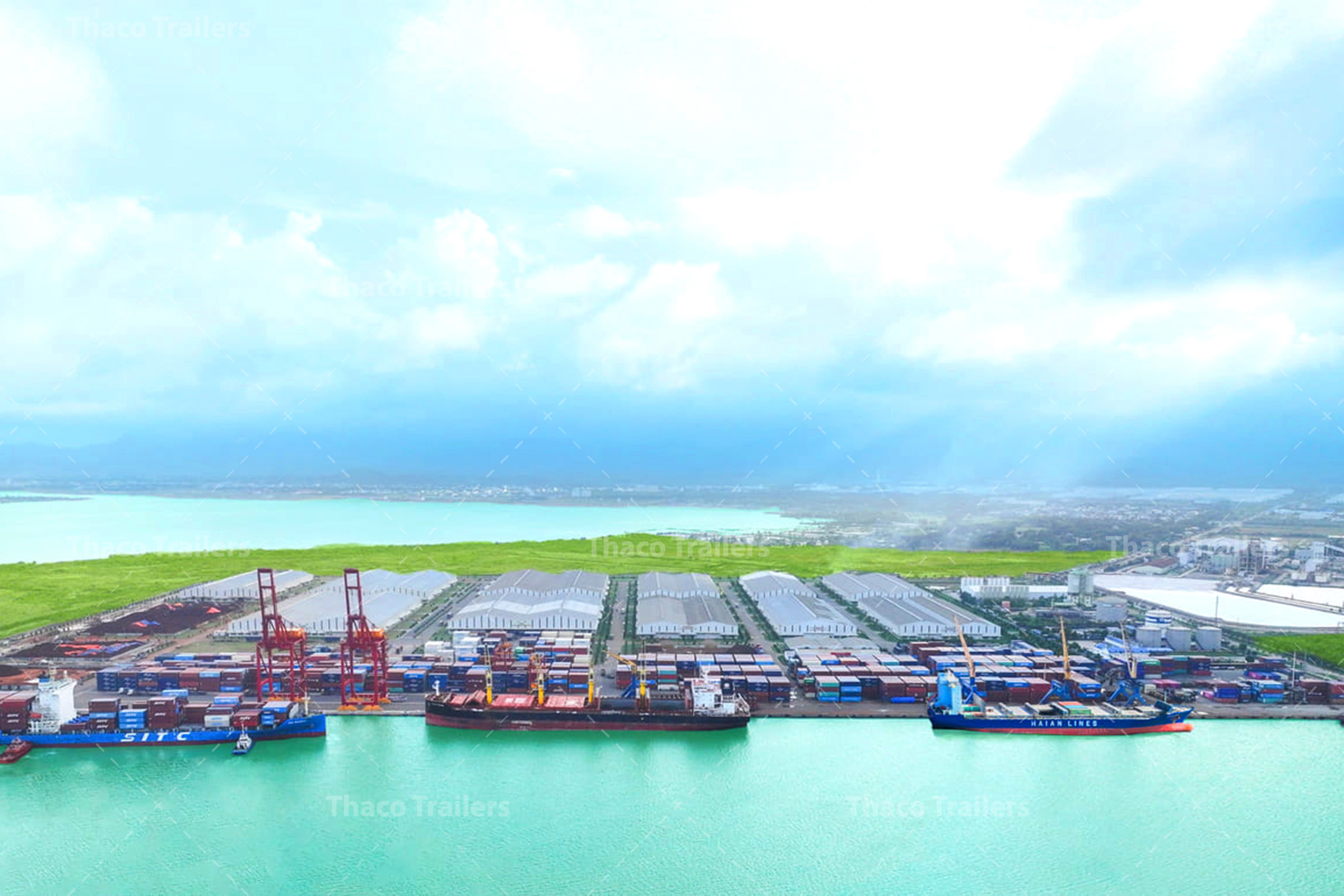
Development of intermodal transport
Standardization of containers
The advent of standardized shipping containers in the 1950s transformed the handling of cargo. These containers made transfer between trucks, trains, and ships much faster and much less likely to damage cargo. This innovation made effective intermodal transport possible, which made it easier to transfer goods from one mode to another.
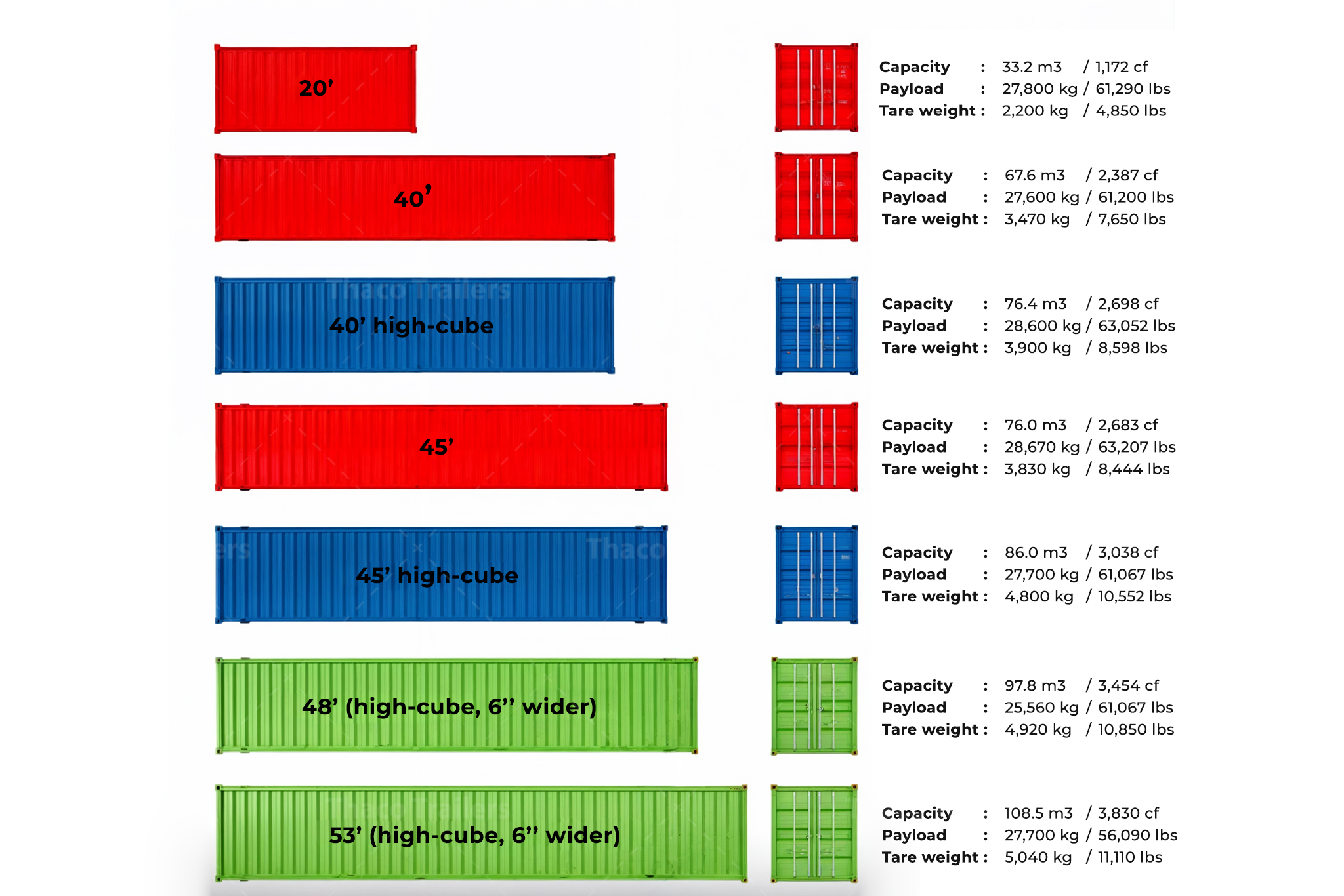
Technological Advances
The evolution of dedicated equipment, including cranes and intermodal trailers, and the emergence of logistics software, has significantly increased the efficiency and synchronization of intermodal transport. These technologies allow for improved tracking, scheduling and management of freight so that shipments flow seamlessly from one system of transport to the next.
Infrastructure Investment
Significant investments in rail networks, ports, and intermodal terminals enhanced the connectivity between transport modes and helped the expansion of intermodal transport, easing the transfer of goods. These investments are essential to accommodate the increasing volume of goods being transported globally.
Environmental and Economic Benefits
Intermodal transport provides both environmental and economic benefits, including lower fuel consumption and reduced emissions, particularly when utilizing rail or sea freight. This approach often results in cost savings over long distances, driving the demand for more integrated logistics solutions. As a result, intermodal transport is increasingly favored as a key component in building a sustainable transportation system.
Global Trade Growth
With the increase in international trade, there’s a greater imperative for long-distance, cross-modal shipping. As global supply chains become more complex, intermodal transport has emerged as a crucial component, enabling businesses to efficiently navigate the challenges of transporting goods across borders and various transport modes.
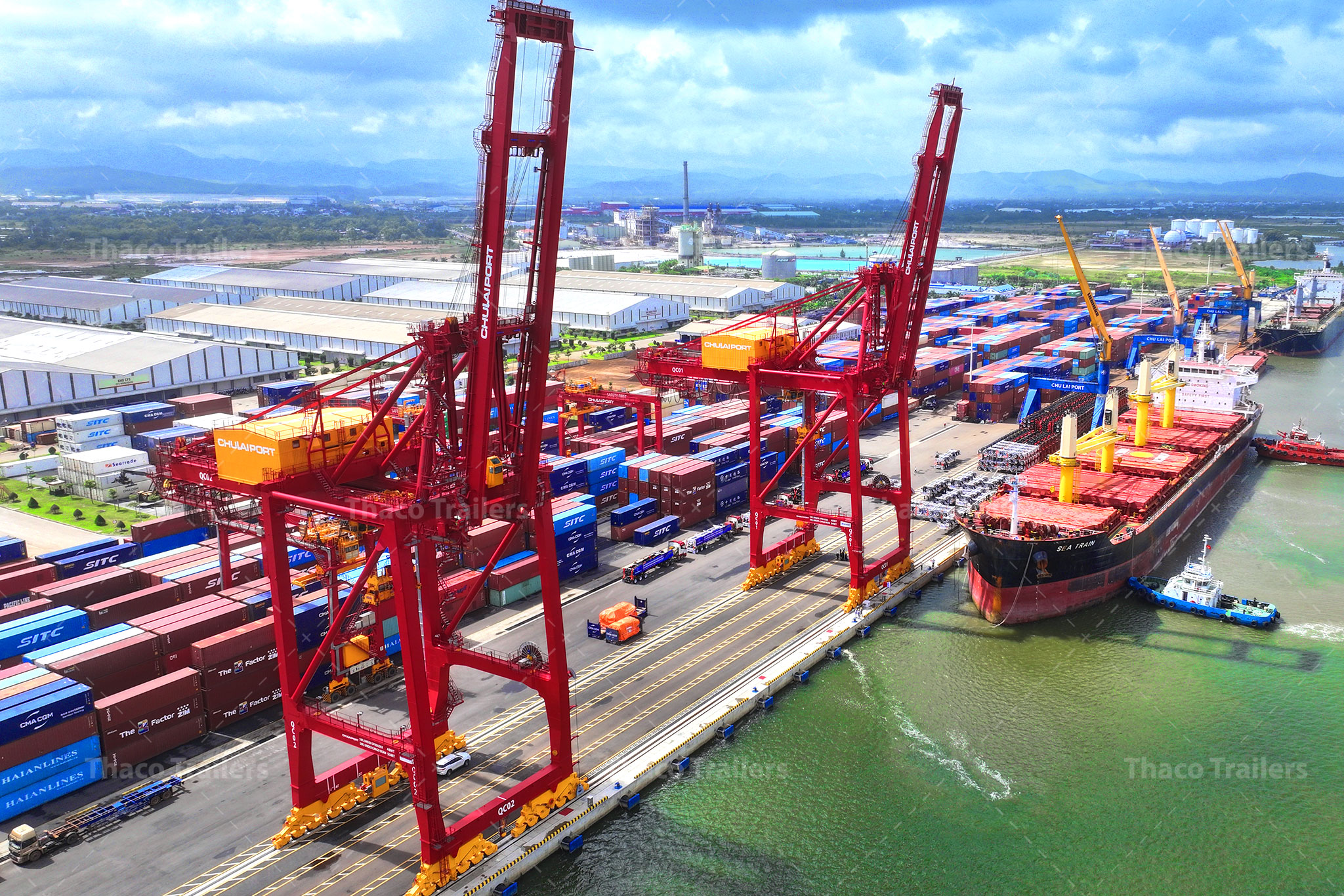
How does intermodal transport work?
Intermodal freight transportation usually flows in a tightly choreographed series of different modes, usually from truck to rail or ship and then back to truck. Here’s a breakdown of how it works:
Initial Pickup
The journey begins with a truck dispatched to collect goods from the shipper’s premises. The truck then takes the goods to a local intermodal terminal, which could be a rail yard, or seaport depending on the chosen modes for the long-haul journey. The freight is then prepared for loading into a standardized container.
Rail Transport
When rail is part of the chosen intermodal transport method, goods are loaded into a rail container at the terminal and transported by train to a destination terminal, which could be hundreds or even thousands of miles away from the point of origin. For long overland distances, rail is often the most cost-effective option, as it offers greater efficiency than other transportation methods by carrying large freight volumes while consuming less fuel.
Sea Transport
For international shipments or very long domestic distances where waterways are available, the container is transferred to a ship at a seaport. The ship then transports the container across oceans or large bodies of water to a destination port.
Drayage
At the destination terminal (rail yard, seaport), the container is unloaded. Drayage, the next stage, involves trucking the goods to the end user, whether it’s a distribution center, retail outlet, or another intermodal hub for further transport. Drayage requires local knowledge of terminal or port operations, regulations, and traffic conditions.
Final Delivery
The truck delivers the goods to their final destination, and intermodal transport is complete. Coordination between different carriers plays a critical role throughout this process to make sure the transfers are made on time and delays are cut to a minimum.
Tracking and Management
Modern intermodal transport relies on technology for tracking and control. Logistics software enables the tracking of shipments in real-time, knowing where they are and when they’ll arrive, so everything is more efficient and customers are happier.
Discover advantages and disadvantages of intermodal transport
Advantages
Cost Reductions
Intermodal transport often proves more cost-effective, particularly over long distances. This cost advantage stems from the ability of shippers to negotiate independently with service providers for each leg of the journey, allowing for optimized pricing and potentially significant savings.
Big Capacity
Intermodal transport offers customers the flexibility to choose any provider that meets their specific transportation requirements, particularly those involving high-capacity needs. This ability to choose enables customized solutions and efficient logistics management, thereby enhancing the overall effectiveness of supply chains.
Enhanced Visibility and Reliability
Intermodal transport combines modern tracking technologies with efficient transportation methods to improve supply chain performance. Real-time cargo monitoring allows companies to track shipments and provide realistic delivery estimates. The use of rail for long distances enhances reliability by avoiding road traffic congestion. This combination of visibility and reliability creates a more predictable and efficient logistics process, enabling businesses to optimize their operations and better serve their customers.
Environmental Friendly
Rail and ship models greatly lower carbon emissions compared to trucking alone. Intermodal transport is a green approach because it uses less fuel and lessens pollution.
Best Choice for High-Value Products
For high-value goods that need to be handled carefully, intermodal transport is an ideal solution. The standardization of containers actually protects the cargo during transfers and limits damage.
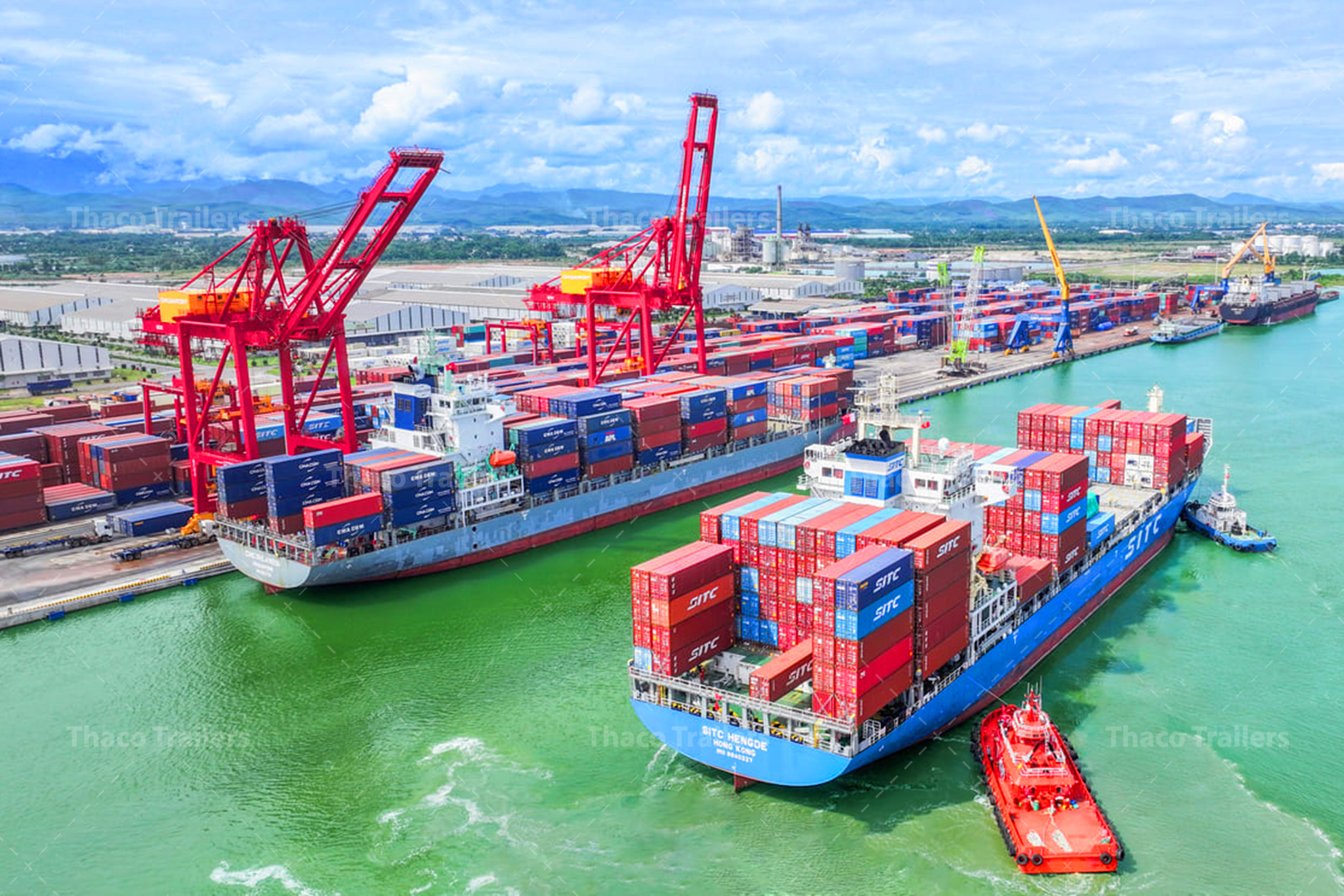
Disadvantages
Blocking and Bracing Requirements
In order to protect the integrity of cargo in transit, blocking and bracing might be required, further complicating and increasing the time required for loading.
Not Every Commodity Can Be Shipped Via Intermodal
Certain types of cargo, such as perishable goods, may not be suitable for intermodal transport due to specific handling and time constraints.
Weight (Not the Best Option for Small Shipments)
Intermodal transport is generally more cost-effective for larger shipments. Smaller cargoes might not enjoy the economies of scale that intermodal provides, rendering alternative forms of transport attractive.
Limited Origin and Destination ZIP Code Pairing
Not all origin/destination pairs will have intermodal transport available, and this can restrict shipper choice in some regions.
Limited Market Provider
And there might be fewer players in intermodal transport in general than in trucking, so it can be harder to find a good carrier or hammer out a contract.
When to choose an intermodal transport service?
Shipping a Large Amount of Cargo
Intermodal transport works best when you want to ship a large volume of goods in one go in the most efficient way possible. By combining more effectively modes of transport (rail and truck, say), you can leverage the efficiency and capacity of rail for long hauls while still trucking the final mile.
Having Oversized Freight
If your freight is oversized, intermodal shipping might be an option. Specialized containers and equipment trucking also move unusually large items with a commitment to ensuring your cargo is transported from mode to mode safely and securely.
Difference between intermodal and multimodal transport
Shipping Long Distances
For shipments that cover extensive distances, intermodal transport offers a reliable solution. Rail transport, in particular, is more fuel-efficient and can travel longer distances between stops than road transport can ever be alone, and the greater the distance travelled, the better.
Bill of Lading
In intermodal transport, each segment of the journey necessitates its own distinct documentation, resulting in a complex and potentially challenging administrative process. In contrast, multimodal transport relies on the same bill of lading for the whole journey, which makes it simpler for shippers and less paperwork.
Delays and Overhead
Intermodal transport can introduce delays and other expenses in transfers between transport modes. By contrast, multimodal transport is supposed to eliminate such delays through more seamless handovers, and it often results in a more efficient delivery.
Transport Modes
For an intermodal trip, where each stage of the journey is performed by a different carrier, ships, trains and trucks add complexity to logistics. Multimodal transport, by contrast, is managed by a single operator, which streamlines logistics and allows for greater coordination along the shipping route.
Cost
While intermodal transport can be cheaper for long-distance hauls, it often adds to costs with all the transfers between modes. Multimodal transport is usually more efficient logistically and, often, more expensive because it is such a complete service.
Flexibility
Intermodal transport has fixed schedules, so it is less flexible. Multimodal, in contrast, offers more flexible paths and scheduling, adjustments that can be made to accommodate the shipper, and market opportunities.
Insurance
When it comes to intermodal transport, each leg of the journey uses a different insurance policy, so it is hard to claim and know what is covered. Multimodal transport, on the other hand, encompasses the entire journey under a blanket policy, and insurance is, therefore, simple for the shipper to manage.
Thaco Trailers provides a variety of semi-trailers to meet intermodal transportation needs
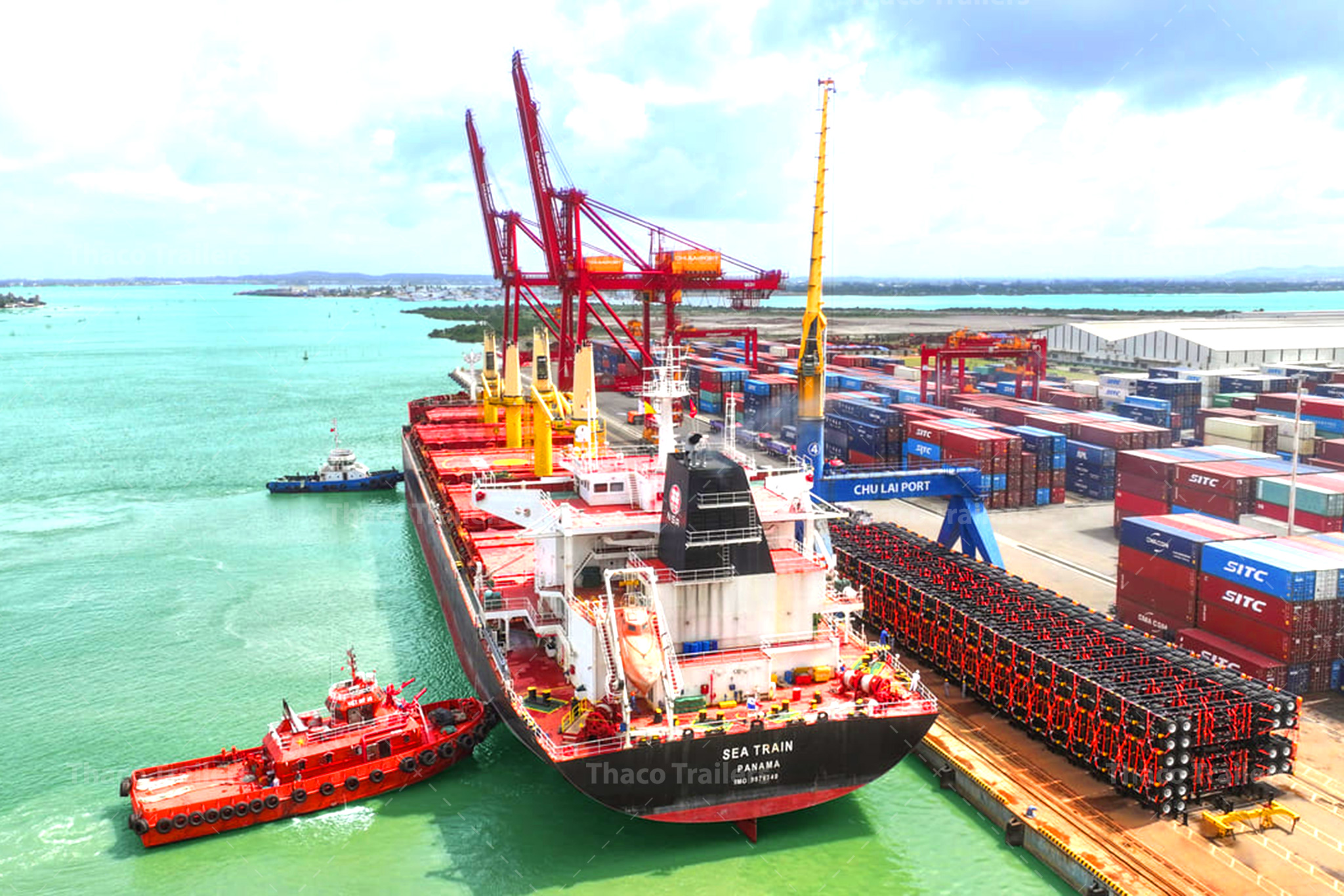
Thaco Trailers offers a comprehensive range of the finest quality semi-trailer products to serve the demands of intermodal transport. The main categories include:
- Chassis Skeleton Trailers: Designed for flexible and efficient transportation.
- Specialized Semi-Trailers: Custom-designed for specific types of cargo, meeting unique transportation needs.
- Components/Parts: Providing replacement parts and accessories for various trailer types.
Among these, the 40′ Skeleton Tandem, 8 Twist Locks stands out for intermodal transport.
1. Key Features
Robust Structure:
The structure, constructed of high-strength steel, is light and sturdy. Its open-framed structure means that it is simple to load and unload the containers, thus speeds up turnaround times.
Tandem Axle Configuration:
The twin axle setup distributes the weight so much better, and the handling and stability are much improved. This setup enables a smoother ride, which in turn minimizes damage to both the trailer and its contents while en route.
8 Twist Locks:
There is an 8-twist lock system on the trailer, and it locks the box to the frame. This locking system keeps the cargo stuck in place so it does not shift or move around and get broken during transport. The twist locks are very convenient and easy to use, making loading and unloading easy.
Compatibility with Standard Containers:
The 40′ Skeleton Tandem ships comfortably in standard containers, making it well suited to intermodal transport. This interoperability enables the smooth transfer between modes of transportation (rail, truck, ship, etc), thus optimizing the logistics chain.
Enhanced Safety Features:
The trailer has safety features, like reflective markers and lights, to help it be seen at night. It might also have anti-lock brakes (ABS) to help it stop and keep its balance, especially when carrying a heavy load.
Durable Finish:
The chassis is given a thorough finishing treatment, including shot-blasting, as well as a good primer and powder coating. Not only does this coating keep it from corroding, but it also extends the trailer’s lifespan, enabling it to endure this hostile environment.
2. Benefits
Increased Efficiency
The 40′ Skeleton Tandem design allows rapid, efficient loading and unloading of containers, thus reducing downtime and increasing overall operational efficiency.
Cost-Effectiveness
With its payload capacity optimized and its maintenance costs minimized by its robust design, this trailer gives businesses a cost-effective way to optimize their logistics.
Versatility
Ideal for various types of cargo, the 40′ Skeleton Tandem can accommodate different container sizes and weights, making it suitable for diverse transportation needs across multiple industries.
Improved Maneuverability:
The lightweight design and tandem axle configuration enhances the maneuverability of the trailer, making it easier to navigate through tight spaces, such as urban environments and busy ports.
Contact Information:
- Hotline: (+84) 933 805 707
- Email address: thacosv@thaco.com.vn

